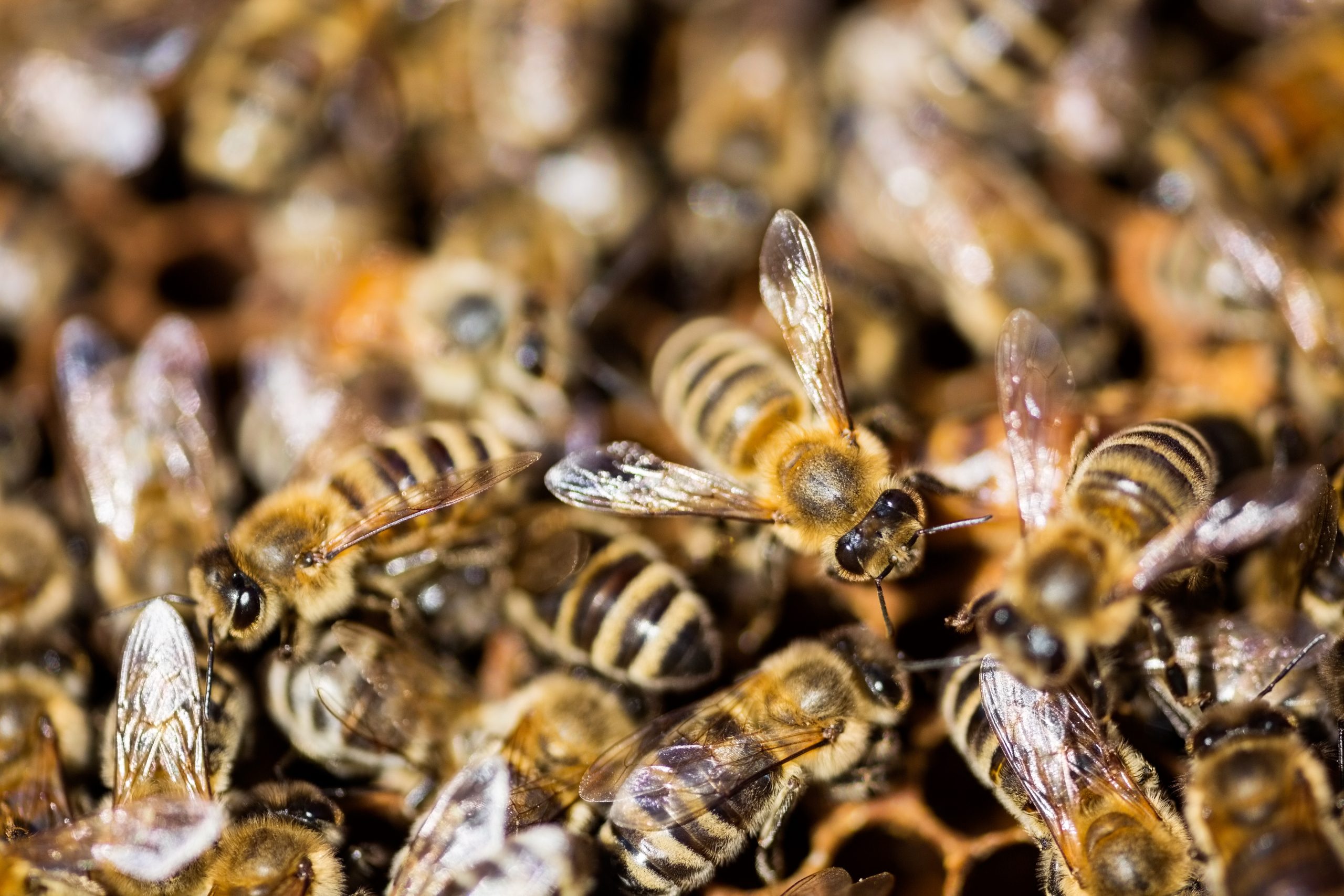Why We Should Let Dandelions Grow
May 02, 2016
Bee Colony Collapse, Eating Healthy, Eating Healthy, Honey Bees
Dandelions, the pervasive weeds that warrant appreciative double takes, are usually allowed to grow in one’s yard for a bit until a Saturday comes, the grass gets too high, and the yellow wildflower is then razed down to make a smooth lawn. It’s understandable to want to rid the yard of this weed—no wildflower is more a pain to remove than dandelions with their deep taproots of fire-ant strength, the first flower we see in spring, the last one in autumn, and one always propagating in the unlikeliest of places.
The cockroaches of flowers, albeit more pleasant to look at—but the thing about this wildflower is that, being everywhere and extremely durable, the dandelion is the pollinator’s best friend. And for honeybees specifically, with their globally collapsing colonies, the loss of millions of a nutritious food source is worth talking about.
Honeybees, after spending cold winter months clutching together for warmth, come out of their hives in late March to replenish the honey reserves that fed them all winter. Even if it was a consistent, cold winter forcing the bees to stay inside, they are in dire need to start feeding the entire colony including the new generations of baby bees. When it comes to supply and demand, nothing feeds the large food demands of a honeybee colony like a large supply of dandelions. As the longest lasting wildflower during warm seasons, dandelions are the first source of nectar bees can find, flowering typically from late March to May just as honeybees emerge half-crazed with hunger.
Dandelion, named after French dent de lion (meaning lion’s tooth for its tooth leaves), contain up to 100 florets atop their stems, each one brimming with nectar and pollen—to be expected of a rampantly seeding and growing plant. These florets are loaded with vitamins and antioxidants, which the bees and other pollinators have likely learned on some level because studies show bees have a natural preference for nutrient-heavy food sources. For no other reason than this weed feeds the creatures who pollinate one third of the food we eat, it wouldn’t hurt to hold off on cutting down tall grass and weeds for a couple of weeks to at least get the bees through that early spring transition.
Honeybees and other pollinators are precious assets worth helping, and laying off the dandelions can certainly help them, but there are other reasons to keep dandelions growing beyond bees. Dandelions are foraging treasure chests—the roots can be ground into a tasty coffee substitute, the flowers can be made into wine, and the sap has been used in the past as a tea to calm stomach problems, colds, and asthma. Rather than heeding this advice just because someone said it’s for the greater good, recognize the resource right under your nose and let the dandelions grow—even if you’re not thinking about the honeybees, you’re still helping them immensely.


.jpg)




